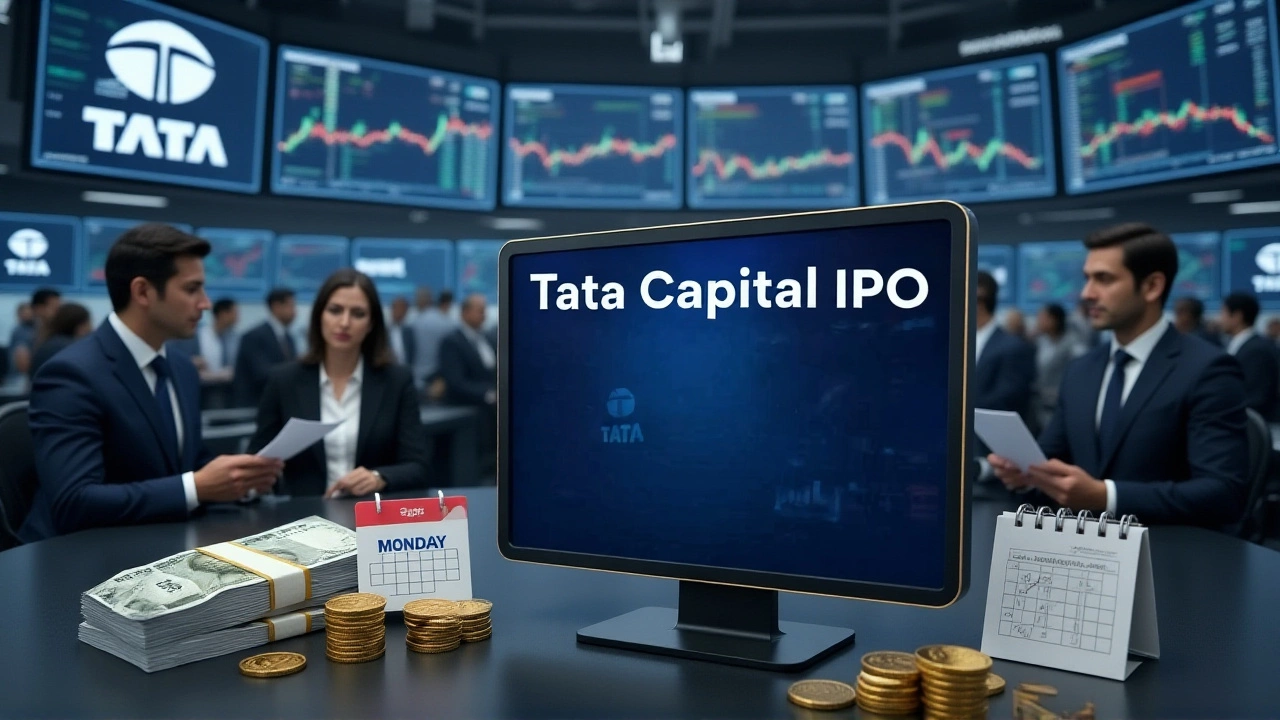Grey Market Premium Explained
When talking about Grey Market Premium, the extra amount investors are willing to pay for a stock in the unofficial trading market before it officially lists. Also known as pre‑IPO premium, it reflects market sentiment and anticipated demand for the upcoming issue.
This concept is tightly linked to Initial Public Offering (IPO), the process where a private company sells shares to the public for the first time. An IPO sets the official issue price, but before that price is locked, traders in the grey market buy and sell the shares based on their expectations. The price they pay above the issue price is the grey market premium. In other words, grey market premium encompasses the price difference between secondary market trading and the official issue price.
Key Factors Shaping the Premium
The size of the premium depends on several entities. First, Market Sentiment, the overall mood of investors toward the offering drives demand. If hype builds around a tech startup, the grey market price can soar. Second, the Secondary Market, the arena where publicly listed shares are bought and sold after issuance provides a reference point; a strong post‑IPO performance often leads to a higher premium beforehand. Third, the composition of investors matters—institutional players with deep pockets may push the price up, while retail traders might keep it modest.
Another crucial element is the Price Discovery Mechanism, the process through which a fair market price emerges from buying and selling activity. Grey market trading acts as an early price discovery tool, giving issuers and underwriters a glimpse of how the market will receive the shares. This insight can influence the final issue price, allocation strategy, and even the decision to proceed with the offering. In practice, a high premium signals strong appetite, prompting underwriters to raise the issue price or allocate more shares to meet demand.
Regulatory environment also plays a role. While grey market transactions are unofficial and not regulated like the primary market, they are monitored for signs of market manipulation. Transparency—or lack thereof—affects how much investors trust the price signals they see. A clear, transparent process tends to produce a premium that aligns closely with the eventual market performance, whereas opaque situations can create exaggerated peaks that later correct sharply.
For readers scanning the posts below, you’ll notice several pieces touch on these themes. Articles about the surge in IPO activity for 2025, the pricing bands of new listings, and the behavior of institutional investors all illustrate how grey market premium serves as a barometer for the health of fresh capital raises. Whether you’re a seasoned trader, a fresh graduate eyeing a career in finance, or just curious about why some shares trade at a premium before they even hit the exchange, the collection offers real‑world examples and practical takeaways.
Now that you understand what drives the grey market premium and why it matters, dive into the articles below to see how this concept plays out across recent IPOs, market trends, and investment strategies. Each post adds a piece to the puzzle, helping you gauge risk, spot opportunities, and make more informed decisions when the next big offering lands.
 9 Oct 2025
9 Oct 2025
Tata Capital's IPO allotment was finalized on Oct 9, 2025, raising ₹15.5 cr and set to list on BSE/NSE on Oct 13. Grey market premium sits just over 1%, with analysts flagging growth potential and a pending merger.
View More
